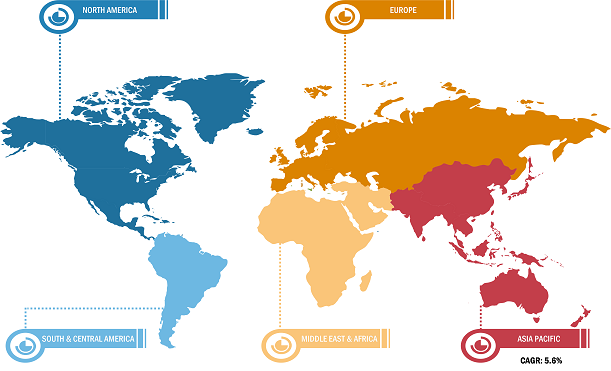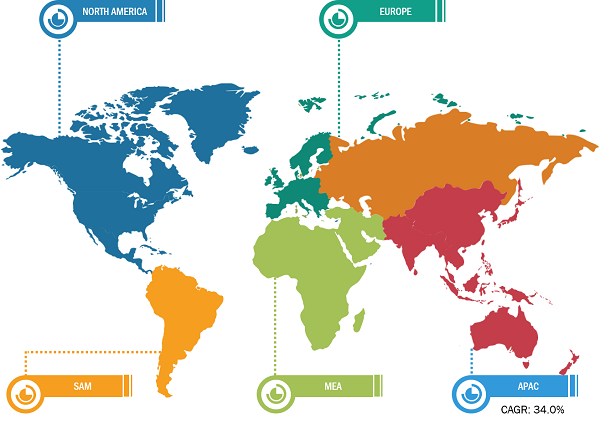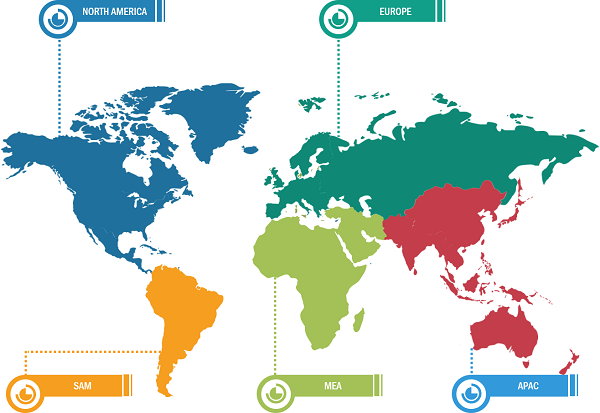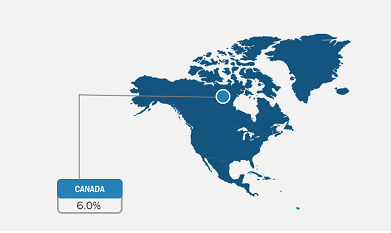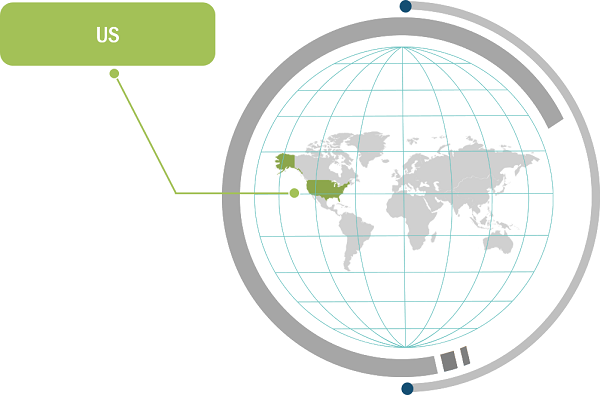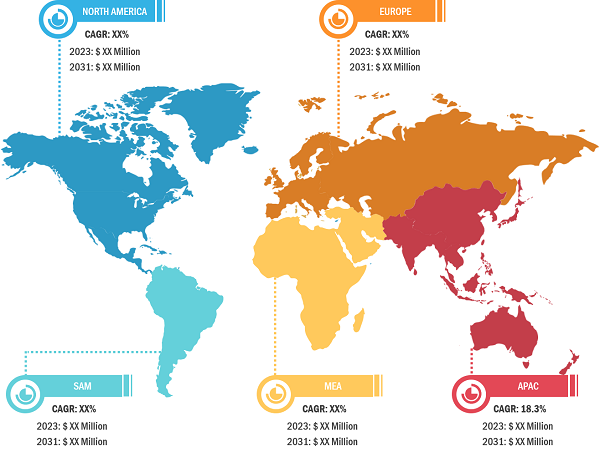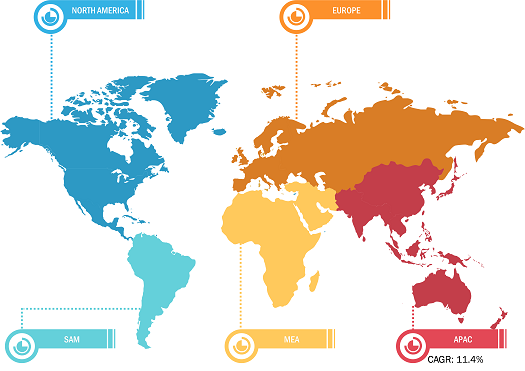
Bioplastics and Biopolymers Market
In 2022, Asia Pacific held the largest share of the global bioplastics and biopolymers market and is expected to register the highest growth rate from 2022 to 2030. Consumers are increasingly shifting toward bio-based plastics due to increasing environment-related regulations and government initiatives to encourage environmental awareness. The rising number of bans on traditional plastics proves to be the primary driver for regional market growth. As countries such as India and China are environmentally concerned, companies are shifting to bioplastics and biopolymers, which is anticipated to help them acquire a higher market share. This, in turn, is driving the bioplastics and biopolymers market growth in the region.

Rising Demand for Eco-Friendly Plastics in Packaging Industry
Polylactic acids (PLAs) are the most typically used bioplastics in food packaging, whereas polyhydroxyalkanoates (PHAs) are often used in medical applications, including sutures and cardiovascular patches. PLA has properties similar to polyethylene and polypropylene. Its advantages such as high rigidity, transparency, stability, and superior performance make it highly usable in food packaging. Further, producing PLA plastic saves two-thirds of the energy required for fabricating fossil fuel-based plastics. PLAs emit almost 70% fewer greenhouse gases than conventional plastics during the degradation in a landfill.
Bioplastic and biopolymer packaging options include bags for agricultural foils, compost, nursery products, horticultural products, toys, and textiles. They are usually utilized for disposable cups, plates, salad bowls, clingfilm, and food containers. The development of sophisticated bioplastic and biopolymer packaging for food products has notably enhanced the shelf life of food. Its use helps brands connect with their customers by showing they are conscious of their environmental footprint. Bioplastics and biopolymers offer an alternative approach to packaging and are a real solution to reduce traditional plastic use and waste. Factors such as growing environmental concerns and a global endeavor to lessen pollution are driving the demand for biodegradable plastics in the packaging sector across the world. Thus, the growing demand for eco-friendly plastics in the packaging sector is a major factor boosting the bioplastics and biopolymers market growth globally.
Bioplastics and Biopolymers Market: Segmental Overview
Based on product type, the bioplastics and biopolymers market is segmented into polyethylene, polyethylene terephthalate, polylactic acid, polytrimethylene terephthalate, polybutylene adipate terephthalate, polybutylene succinate, cellulose, blends, and others. The blends segment held the largest share of the global bioplastics and biopolymers market in 2022 and is expected to register the highest CAGR from 2022 to 2030. The starch-based polymer blends are biodegradable polymeric materials composed of cellulosic biomaterials that can be degraded by enzymes and microorganisms. The combination of starch and polyolefin gives a single material carrying the biodegradation properties of starch with the thermal, mechanical, and barrier properties of polyolefin.
Based on end use industry, the bioplastics and biopolymers market is segregated into packaging, consumer goods, automotive, textile, building and construction, medical, agriculture, and others. The packaging segment held the largest share of the global bioplastics and biopolymers market in 2022. Reinforcement of bioplastic materials with organic and inorganic fillers effectively improves the barrier properties of packaging. Efficacy to enhance the shelf-life of packaged food via functional bioplastic packaging can decrease food loss and food waste, thereby promoting sustainable food production. Thus, the growing use of bioplastics in food packaging is predicted to propel the bioplastics and biopolymers market growth for the packaging segment from .
Impact of COVID-19 Pandemic on Bioplastics and Biopolymers Market
In 2020, various industries had to slow down their operations due to disruptions in value chains caused by the shutdown of national and international boundaries. The COVID-19 pandemic caused supply chain disruptions in chemical & materials and hampered the growth of the bioplastics and biopolymers market. The adverse effect of the pandemic on manufacturing industries negatively impacted the demand for bioplastics and biopolymers from these industries. However, various economies have started reviving their operations. With this, the demand for bioplastics and biopolymers began picking pace. The increasing use of bioplastics and biopolymers in packaging, automotive, and consumer goods is expected to offer more growth opportunities for the global bioplastics and biopolymers market during the forecast period.
Bioplastics and Biopolymers Market: Competition Landscape
Arkema SA, BASF SE, Mitsui Chemicals Inc, Cardia Bioplastics Australia Pty Ltd, Braskem SA, Saudi Basic Industries Corp, Corbion NV, Mitsubishi Chemical Holdings Corp, Novamont SpA, and Eastman Chemical Co are among the major players operating in the global bioplastics and biopolymers market. Players operating in the global bioplastics and biopolymers market are constantly focusing on strategies such as investments in research and development activities.

